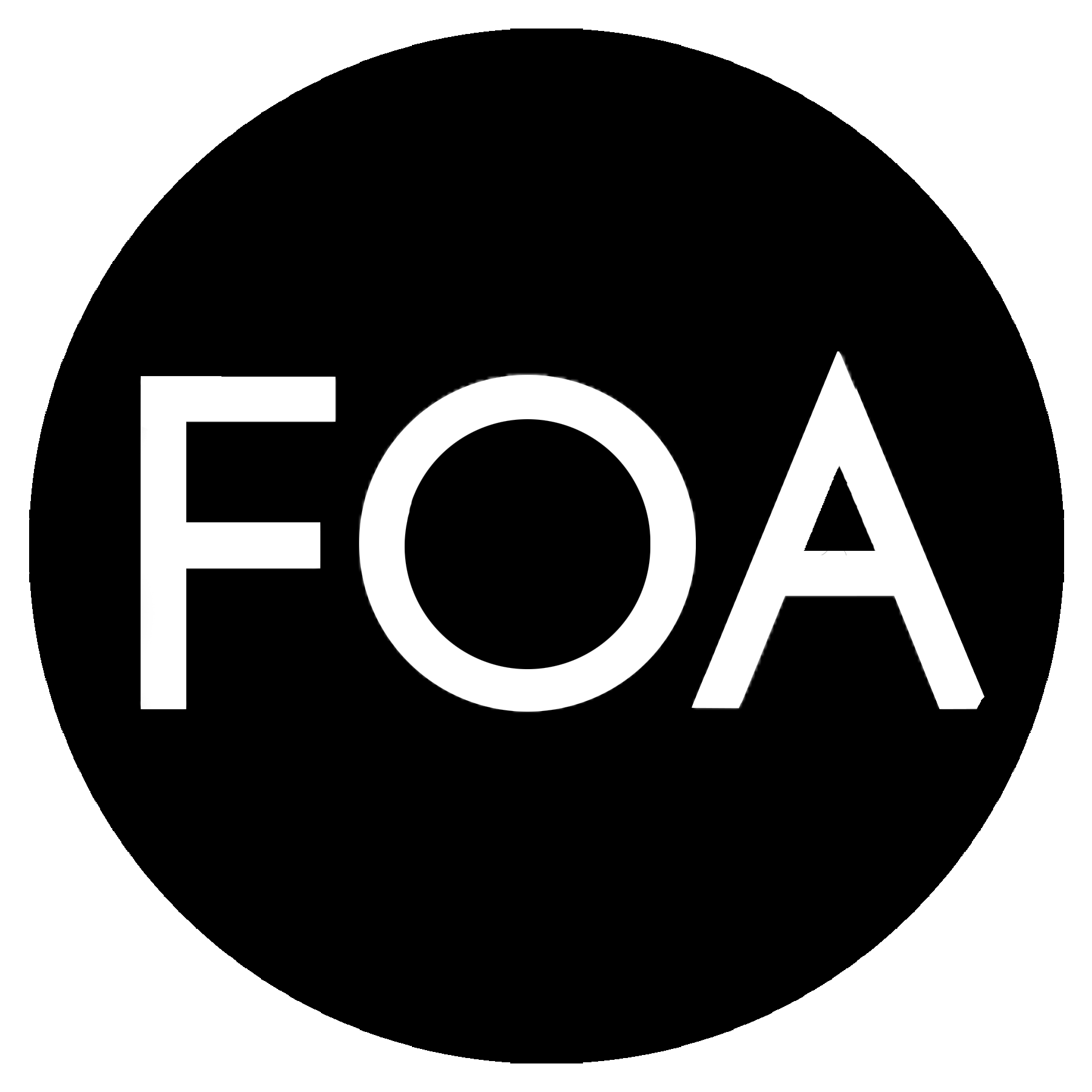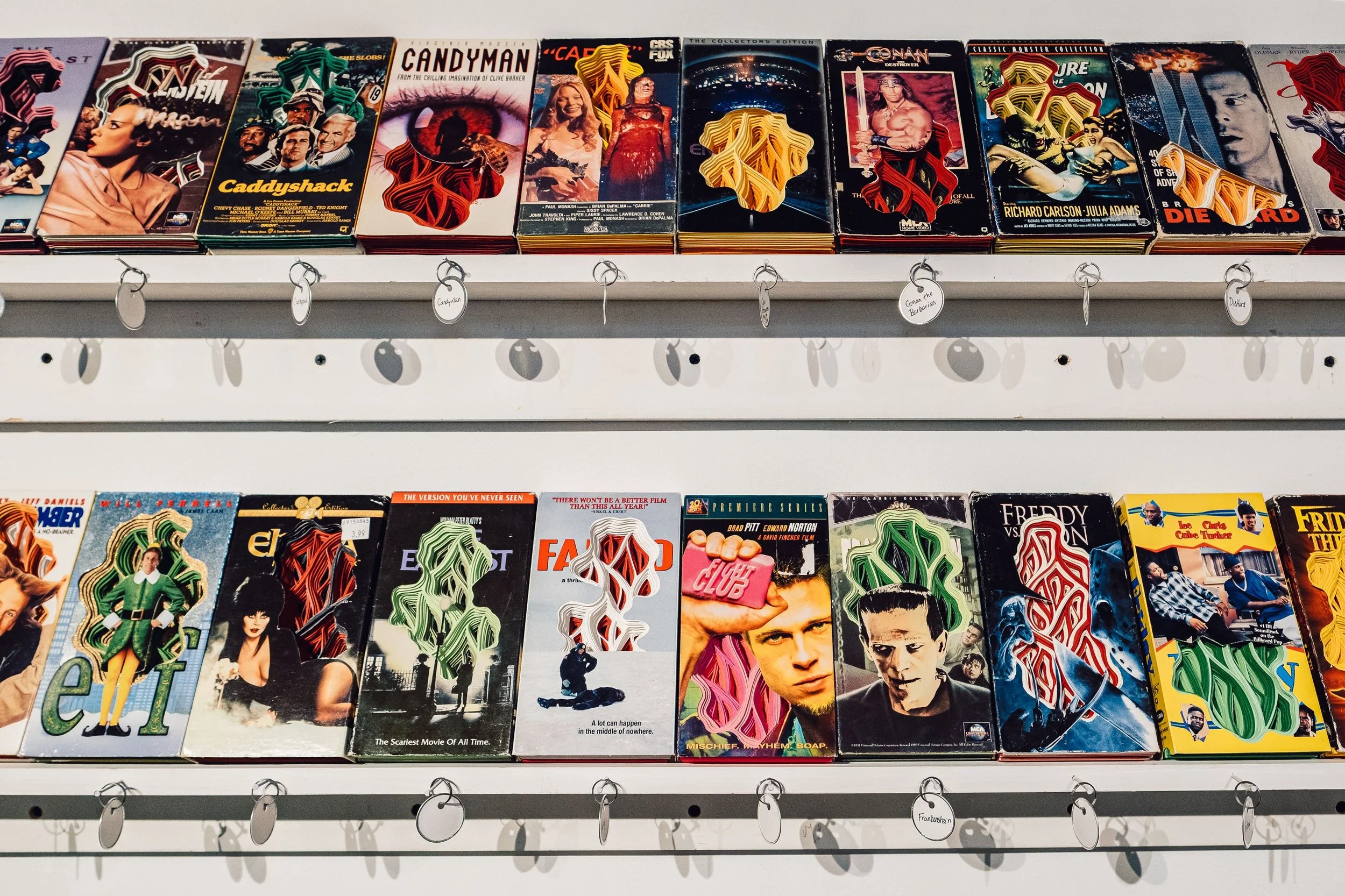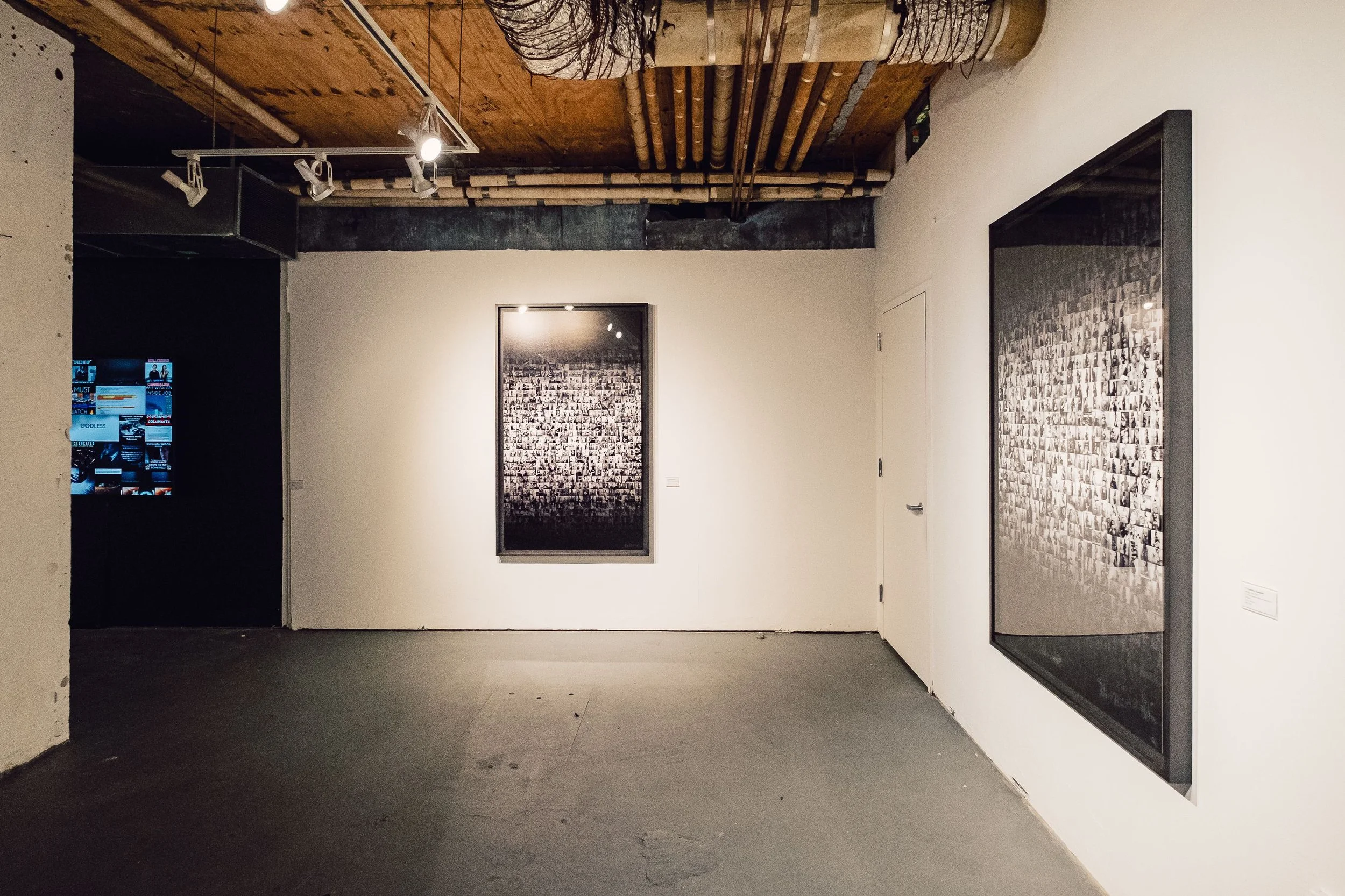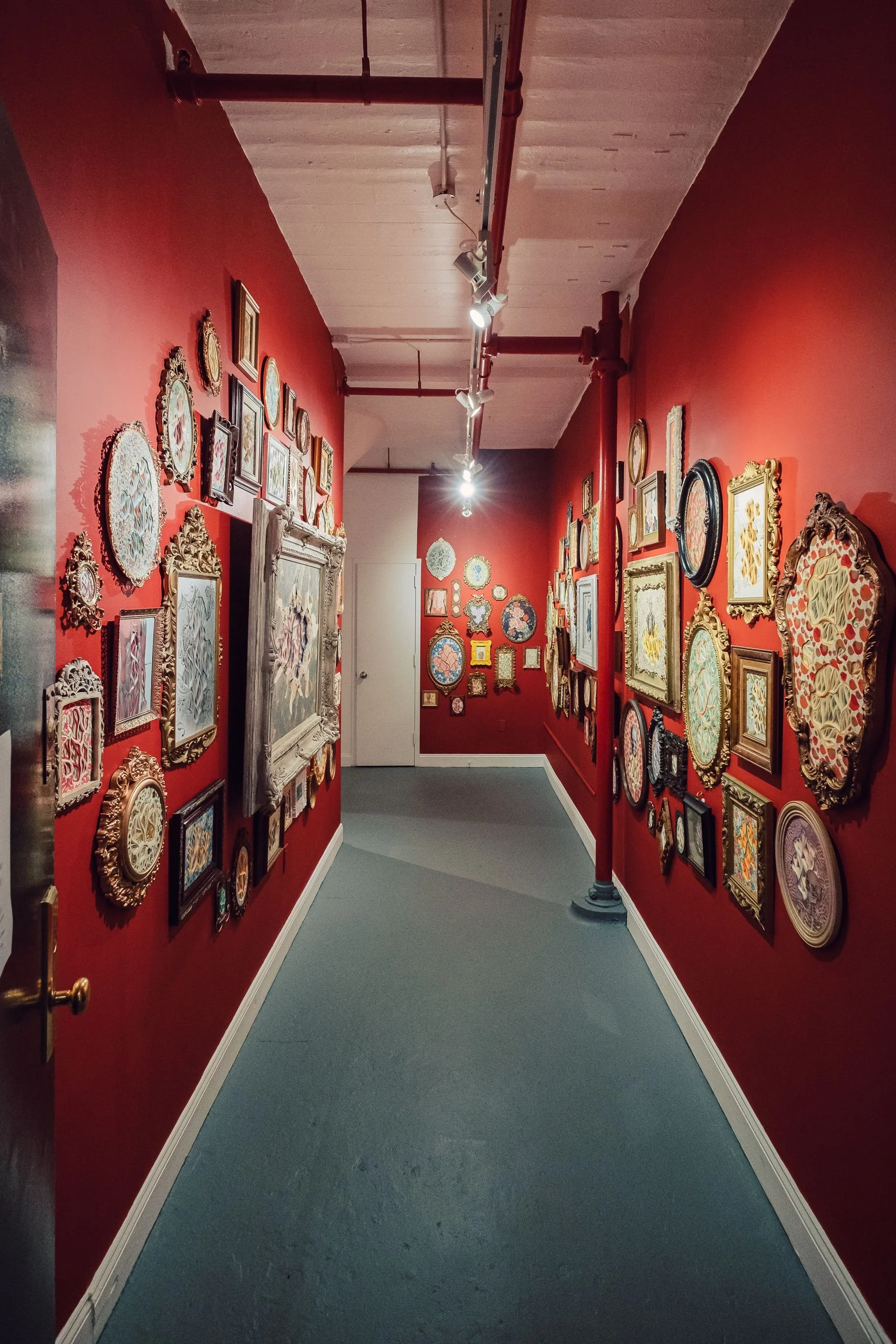Interview with Ashley Ouderkirk
Ashley Ouderkirk at KUNSTRAUM, Photo by Garland Quek
Ashley Ouderkirk is a freelance art writer, emerging artist advisor, and independent curator splitting her time between Queens and Los Angeles. She received her B.A. from Syracuse University and her M.A. in Art History from CUNY Hunter College. Ashley’s work and passion centers around rethinking and expanding the relationship between art and audience, while always grounding her projects in an inclusive history of art. Her published exhibition reviews can be found on Art and Cake and Art[Memo], two Los Angeles-focused contemporary art magazines. Recent projects include a curated booth for the SPRING/BREAK 2022 Art Fair and OuderkirkonArt, a blog and Instagram dedicated to “acknowledge, examine, and value frequently overlooked artists and art venues,” which compliments her emerging artist advisory work. She is currently the Curator-in-Residence 2022-23 for KUNSTRAUM in Brooklyn.
www.ouderkirkonart.com
@ouderkirkonart
Congrats on your current exhibition, Visual Implications! This is a massive exhibition spread out over multiple venues. How did you come up with the concept for the exhibition, and what were the challenges behind curating across the multiple venues?
The concept for this exhibition began with a research project on visual literacy in Medieval art that I was working on for another proposal. I had pulled out old text books and was scouring all online resources available from the New York Public Library to learn more about how average Christians ‘read’ the narratives in artworks by recognizing symbols and gestures. At some point, I stumbled upon a letter from Pope Gregory the Great to one of his bishops in the early days of the catholic church. In a time of iconoclasm (destruction of religious images), the pope’s letter advocated for religious art to remain in the basilicas. His reasoning was that because the “unlettered” believer could not read the scriptures— as most were illiterate or perhaps banned from reading holy texts— they should be allowed to ‘read’ God’s morals and lessons in the artworks. The pope trusted his congregation’s ability to visually comprehend, whereas the bishop feared the potential dangers of miscommunications.
This dilemma felt very contemporary to me, and I began thinking about how images are used as forms of communication today — think popular culture, gestures, and even reused religious/mythological symbolism. Our phones and personal devices have made communicating with images easier and at times preferable to the written word. How often do we simply text with just an emoji or only click on a news story if we like the photo? I believe images, since the dawn of the iPhone, now share and at times eclipse the role of the written word in our understanding of the world. So, if we are getting a large portion of our information from images today, I wondered what our level of awareness was for ‘reading’ an image — how visually literate are the masses? What can we recognize easily, like pop culture references or brands? Or what’s our level of understanding of traditional symbolism from religions and mythologies? Are we capable of comprehending gestures, which may allow us to be more empathetic? Do we trust people to comprehend the meanings behind images like the pope or are we more like the bishop and fear how easily the messages can be miscommunicated?
This exhibition presents those questions and shows how each of these artists—Charles Clary, Nanse Kawashima, and Cassandra Zampini — incorporates these references into their works for the viewer to ‘read.’ Whereas the ‘implications’ component of the title alludes to the possible consequences for individuals and society— both good and bad — if our visual literacy is poor. I want people to ask: Is visual literacy something we should value more?
As far as the challenges for presenting in two venues, it really boils down to being double the workload. At some point I realized that almost everything in my production schedule had to be done twice. I now had two installation dates, two opening receptions, two galleries to staff, and at times the needs and logistics of each venue conflicted. But if I had to do it all again, I absolutely would! I loved being able to have two spaces, each dedicated to a different part of my vision for the exhibition: the immersive, framed paper sculpture installation by Charles Clary at KUNSTRAUM, and the traditional group show with artworks by Charles Clary, Nanse Kawashima and Cassandra Zampini all in conversation with one another.
What do you hope a viewer takes away from the exhibition?
At the end of my press release, I pose the question: Is our society aptly weighing the visual implications?
As viewers walk through the exhibition, I hope they will recognize many of the familiar symbols, pop culture references, and gestures that each artist has incorporated into their artworks (and of course love the artworks!). But ultimately, I hope they start to question the impact of images as communication in their lives.
I think all three artists are masterful at taking something that is familiar or part of our everyday lives, and shift, alter, or expose it just enough to have us question its true nature.
"Charles Clary: Be Kind Rewind Series (2019-2022)" installation view at ChaShaMa, Photo by Garland Quek
I would love to learn more about your background as a curator. Were you always pursuing a curatorial career, or were there other steps along the way?
My career has taken many twists and turns, retreats and progressions. I don’t feel like I can even call it a career path; it's more like a career labyrinth.
Although I went to college and grad school for art history and worked in a few museums, I made a tough decision in my mid-twenties to leave the artworld due to financial reasons. I then abruptly pivoted to work in finance for ten years. But luckily, I was able to keep one foot in the artworld’s door thanks to a co-worker who introduced me to his mother who happened to own a gallery and was a curator herself. I worked with the gallery on and off during that time helping them with secondary market research and various writing projects. When I was laid-off from the hedge fund in 2017, I had this reckoning and knew this was likely my last shot to try and work in artworld full time, and I knew I had to take it. I was offered a curatorial assistant position at the gallery to work on an important survey exhibition with the Art Students League. I took the job and I was hooked.
What attracted me to curation was the moment I realized that as a curator, you're a storyteller. We are bringing together — and are trusted with — a collection of precious art objects that visually narrate important stories about contemporary issues, historic moments, and our overall humanity.
"Cassandra Zampini: #Flex_1sec and #preggo_1 sec (2018)" installation view at ChaShaMa, Photo by Garland Quek
You’ve worked with a lot of artists. What advice do you have for emerging artists looking to build their careers?
The most important thing I can tell artists is: Your network is the key to your success. This industry is all about who you know. And with every new introduction, you never know what project, collaboration, or opportunity may come from it. I should also clarify to say that your network should include people from all parts of the artworld eco-system including: artists, dealers, curators, art writers, art handlers, restorers, framers, advisors, interior designers, collectors, etc.
It’s a difficult industry to navigate so when you meet great people, stay in touch with them.
I’ll also end by emphasizing that you should also help individuals in your networks whenever you can. I think kindness goes a long way, and even the smallest gesture of liking someone’s post on Instagram or showing up for their openings can make a huge difference.
"Charles Clary: Memento Mori series (2019-2022)" installation view at KUNSTRAUM, Photo by Garland Quek
What did you take away from your Residency with KUNSTRAUM, and what’s next for your curatorial practice?
I really enjoyed my curatorial residency with KUNSTRAUM. As I’ve been working independently for a few years now, it was great to be a part of a team again and meet new international and local artists.
I’m eternally grateful for being able to curate two shows —with ADJUSTED for Inflation being the first in the summer — at KUNSTRAUM. And thanks to Art in General sponsoring the residency, I was able to have a substantial budget that allowed me to bring my full curatorial vision to life and have a very polished show. But what unexpectantly put this experience over the top, was the programming aspect of my role. Every month, I hosted these insightful artist salons with the community, and scheduled studio visits with outside curators and writers to visit KUNSTRAUM’s members, I even helped organize the first Open Studio event for KUNSTRAUM, all of which was very rewarding. I had the pleasure of getting to know all the artists really well, and I will miss our frequent conversations. I grew really close to them all and I look forward to following their careers.
For my own curatorial practice, I hope to build upon my successes from this residency and just keep finding venues for my shows, and keep meeting new artists. I have a few projects on the horizon, and I will also be focusing on new curatorial opportunities in both New York City and Los Angeles.




